|
Already available online: https://lvinvertebrados.uac.pt/docs/Livro-Vermelho-dos-Invertebrados-de-Portugal-Continental.pdf
ABSTRACT
Climate change affects all ecosystems, but subterranean ecosystems are repeatedly neglected from political and public agendas. Cave habitats are home to unknown and endangered species, with low trait variability and intrinsic vulnerability to recover from human-induced disturbances. We studied the annual variability and cyclicity of temperatures in caves vis-à-vis surface in different climatic areas. We hypothesize that cave temperatures follow the average temperature pattern at the surface for each location with a slight delay in the signal, but we found three different thermal patterns occurring in caves: (1) high positive correlation and a similar thermal pattern to the surface, (2) low correlation and a slight thermal delay of the signal from the surface, and (3) high negative correlation with an extreme delay from the surface. We found daily thermal cycles in some caves, which may potentially control the circadian rhythms of cave organisms. Our results show that caves had lower thermal amplitude than the surface, and that thermal averages within caves approximately correspond to the to the annual average of surface temperature. Caves buffer external temperature and act as refugia for biota in extreme climatic events. Likewise, temperature increases at surface will lead to increment in caves, threatening subterranean biota and ecosystem services. Reference: Medina M.J., Antic D., Borges P.A.V., Borko S., Fišer C., Lauritzen S.E., Martin J.L., Oromí P., Pavlek M., Premate E., Puliafico K., Sendra A. & Reboleira A.S.P.S. (2023). Temperature variation in caves and its significance for subterranean ecosystems. Scientific Reports, 13: 20735. doi.org/10.1038/s41598-023-48014-7 ABSTRACT Amongst the cave-dwelling millipedes (Diplopoda), there are several endemic species in Portugal with a very small geographical distribution. These species play an important role in the decomposition of organic matter in subterranean ecosystems and are vulnerable to disturbance from human activities, such as habitat destruction, pollution infiltrating from the surface and cave tourism. We present the IUCN Red List profiles for cave-adapted millipedes (Diplopoda) from Portugal and propose conservation measures to prevent extinction. Overall, cave-adapted millipedes from Portugal represent an endemic part of the country's biodiversity and conservation efforts will help maintain the delicate ecological balance of subterranean ecosystems. Reference: Reboleira A.S.P.S. & Eusébio R.P. (2023) Cave-adapted millipedes from Portugal: species conservation profiles. Biodiversity Data Journal, 11: e110382. https://doi.org/10.3897/BDJ.11.e110382 ABSTRACT
Transition to novel environments, such as groundwater colonization by surface organisms, provides an excellent research ground to study phenotypic evolution. However, interspecific comparative studies on evolution to groundwater life are few because of the challenge in assembling large ecological and molecular resources for species-rich taxa comprised of surface and subterranean species. Here, we make available to the scientific community an operational set of working tools and resources for the Asellidae, a family of freshwater isopods containing hundreds of surface and subterranean species. First, we release the World Asellidae database (WAD) and its web application, a sustainable and FAIR solution to producing and sharing data and biological material. WAD provides access to thousands of species occurrences, specimens, DNA extracts and DNA sequences with rich metadata ensuring full scientific traceability. Second, we perform a large-scale dated phylogenetic reconstruction of Asellidae to support phylogenetic comparative analyses. Of 424 terminal branches, we identify 34 pairs of surface and subterranean species representing independent replicates of the transition from surface water to groundwater. Third, we exemplify the usefulness of WAD for documenting phenotypic shifts associated with colonization of subterranean habitats. We provide the first phylogenetically controlled evidence that body size of males decreases relative to that of females upon groundwater colonization, suggesting competition for rare receptive females selects for smaller, more agile males in groundwater. By making these tools and resources widely accessible, we open up new opportunities for exploring how phenotypic traits evolve in response to changes in selective pressures and trade-offs during groundwater colonization. Reference: Saclier et al. (2023). A collaborative backbone resource for comparative studies of subterranean evolution: the World Asellidae database. Molecular Ecology Resources. doi.org/10.1111/1755-0998.13882 ABSTRACT
Decomposition is a major contributor to ecosystem respiration, determining the carbon emission and nutrient cycling rates. Our current understanding of decomposition dynamics and their underlying drivers has mainly focused on surface habitats but largely ignored in subterranean environments. Here we studied abiotic and microbial drivers of early-stage litter decomposition inside and outside caves along an elevational gradient in Tenerife. We found comparable decomposition rates (k) and litter stabilizing factors (S), with contrasting drivers and elevational variation. At the surface, we observed a mid-elevational trend in k, which tended to correlate with water availability, cooler temperatures, nutrient availability, and surface-specific bacterial taxa. In sharp contrast, caves showed no elevational impact nor influence of abiotic parameters and bacterial communities on k. Despite this, we found higher levels of S in caves, which were associated mainly with reduced water availability, lower temperatures and cave-specific bacterial taxa, indicating that conditions in caves are strongly linked with carbon storage. Our findings imply that our current perception of terrestrial habitat-based carbon cycling are underestimating the net carbon budget in areas with caves. Disentangling the role of the environment on decomposition in caves is key to fully characterize their roles in nutrient cycling and to understand how increasing anthropogenic pressures will affect fundamental processes in subterranean ecosystems. Reference: Bodawatta K.H., Ravn N., Oromí P., Martin J.L., Michelsen A., Poulsen M., Jønsson K.A. & Reboleira A.S.P.S. (2023). Comparable early-stage decomposition but contrasting underlying drivers between surface and cave habitats along an elevational gradient. Ecological Indicators. https://doi.org/10.1016/j.ecolind.2023.110607 The consortium behind the recently started Biodiversa+ project DarCo encourages participating researchers, as well as any scientist working on the European subterranean fauna and/or its protection and conservation eager to contribute new data and ideas to the project, to submit their papers to a newly launched topical collection in the Subterranean Biology journal.
By collating openly accessible, data-driven scientific evidence, the collection and everyone involved is to prompt the inclusion of subterranean systems in European conservation plans and biodiversity goals (e.g. Habitats Directive, Water Framework Directive, Groundwater Daughter Directive, EU Biodiversity Strategy for 2030). (...) Read the full news: https://subtbiol.pensoft.net/news/407 Advanced course 2023/2024
Entomology: Insect diversity and decline Registration: https://ce3c.ciencias.ulisboa.pt/training/ver.php?id=241 ABSTRACT A variety of veterinary and human medicinal products (VHMPs) are found in groundwater, an often-neglected habitat inhabited by species with unique traits, stygobitic species. It is crucial to understand the effect of VHMPs on stygobitic species because they may respond differently to stressors than surface species. Our hypothesis is that groundwater species may be more susceptible to environmental contaminants due to less plasticity in their detoxification response and acquisition of energy because subterranean habitats are more stable and isolated from anthropogenic activities. We performed a battery of biomarkers associated with important physiological functions on the stygobitic asellid crustacean Proasellus lusitanicus, after a 14-day exposure to acetaminophen, a commonly used pharmaceutical and pollutant of groundwaters. Our results show an decrease in total glutathione levels and an increase in glutathione S-transferase activity, suggesting a successful detoxification response. This helps explaining why acetaminophen did not cause oxidative damage, as well as had no effect cholinesterase activity nor in aerobic production of energy. This study shows the remarkable capacity of P. lusitanicus to tolerate sublethal concentrations of VHMP acetaminophen. Most ecotoxicological studies on stygobitic species focused on the lethal effects of these compound. The present study focus on consequences at sublethal concentrations. Future studies should assess the stress levels induced to better predict and estimate the impacts of contaminants on groundwater ecosystems. Reference: Duarte C., Gravato C., Di Lorenzo T. & Reboleira A.S.P.S. (2023). Acetaminophen induced antioxidant and detoxification responses in a stygobitic crustacean. Environmental Pollution, https://doi.org/10.1016/j.envpol.2023.121749 ABSTRACT
Understanding habitat extension that limits species distribution is a crucial tool for management and conservation, in which habitat mapping plays a pivotal role. The mesovoid shallow substratum (MSS) is a type of shallow subterranean habitat with an important conservation value for invertebrate communities, functioning as climatic/reproductive refuge, biogeographic corridor and/or permanent habitat. Methodologies to map the mesovoid shallow substratum (MSS) are currently lacking. We propose a novel method for colluvial MSS habitat mapping, combining geographic information systems, geological maps, and geological knowledge on the habitat genesis. We tested and validated the efficiency of the method using the Arrábida karst area (Portugal) as a model. The method allowed the remote detection of MSS habitats suitable for invertebrate communities ex situ within the study area, and enabled the estimation of habitat extent. The faunal communities sampled in the selected location were dominated by arthropods, especially insects, showcasing the efficacy of this mapping method to detect suitable MSShabitats. The use of this method considerably reduces the in situ scouting area, providing a more efficient way of locating these habitats. The MSS is protected under EU legislation concerning floral communities and geological features, completely neglecting its faunal communities. This method also allows to estimate potential MSS habitat extension in several lithologies, facilitating the implementation of invertebrate prospections, and the establishment of more effective conservation measures. References: Eusébio R., Fonseca P.E., Rebelo, R., Mathias M.L. & Reboleira A.S.P.S. (2023). How to map potential mesovoid shallow substratum (MSS) habitats? A case study in colluvial MSS. Subterranean Biology, 45: 141-156. https://doi.org/10.3897/subtbiol.45.96332 ABSTRACT
This chapter explores the physiological tolerance of groundwater species to human-induced stress, encompassing temperature changes, chemical and other environmental contamination, and changes in environmental conditions in a laboratory setting. The chapter consists of three sections, each comprising a small introductory paragraph, a discussion on the main specific aspects of tolerance, and a conclusive paragraph, wrapping up key points and providing future prospects. In Section 1, entitled “Physiological tolerance of groundwater organisms to changing thermal conditions”, we highlighted that the effects of global warming on groundwater animals might be more severe than expected, especially in areas where global warming is superimposed by additional temperature elevations due to urban groundwater heat-ups. In Section 2, entitled “Physiological tolerance of groundwater organisms to chemical stress”, our overview of the available studies highlights that the ecological risk assessment in groundwater is currently poorly realistic because it is based on the tolerance of surface water species that do not possess any of the distinctive traits of the true inhabitants of these environments. In Section 3, entitled “Physiological tolerance of groundwater organisms to light, food, and oxygen variations: indications for ecotoxicological protocols”, we pointed out that the standard ecotoxicological protocols issued for surface water species are not directly applicable to groundwater organisms but require adjustments. We concluded the chapter by suggesting that several further investigations are necessary to make sound predictions on the future distribution of groundwater organisms according to the expected scenarios of climate change, groundwater heat-ups, chemical contamination, and ecological risk. Reference: Di Lorenzo T., Avramov M., Galassi D.M.P., Iepure S., Mammola S., Reboleira A.S.P.S. & Hervant F. (2023). Physiological tolerance and ecotoxicological constraints of groundwater fauna. pp. 457-479. In: Malard F., Griebler C. & Rétaux S. (Eds.), Groundwater Ecology and Evolution. Academic Press. https://doi.org/10.1016/B978-0-12-819119-4.15004-8 |
Dimidium facti qui coepit habet: sapere aude
Archives
January 2024
Categories
All
|
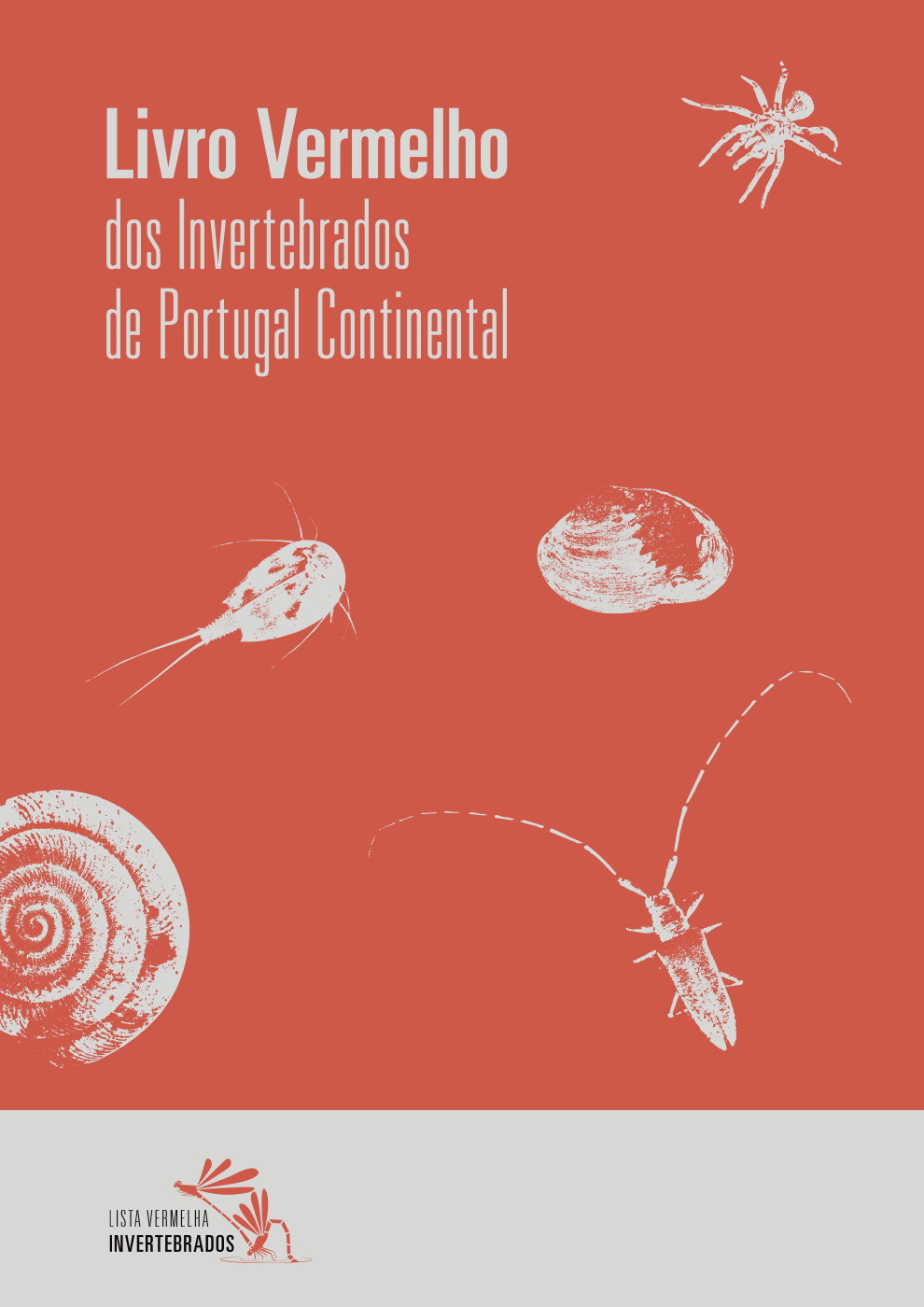
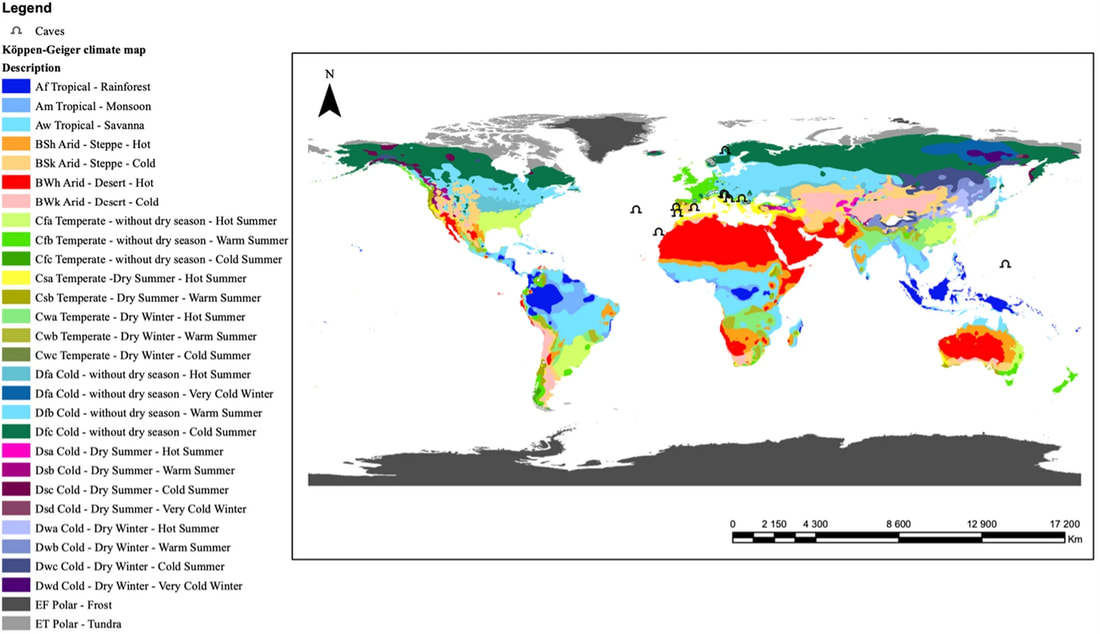
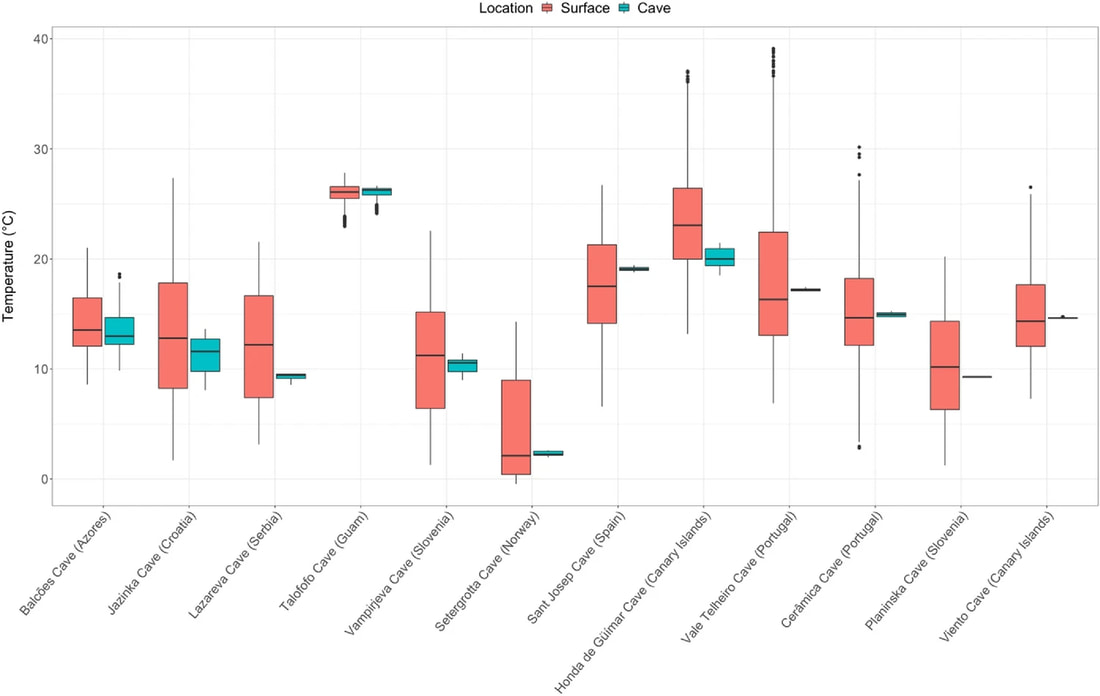
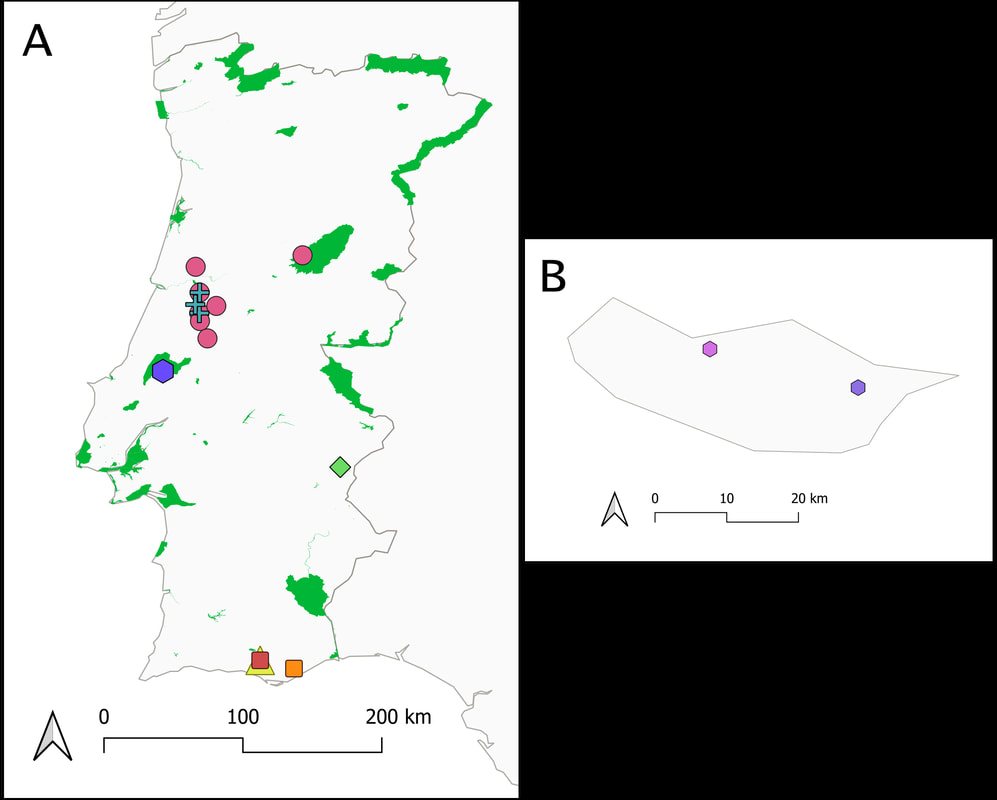
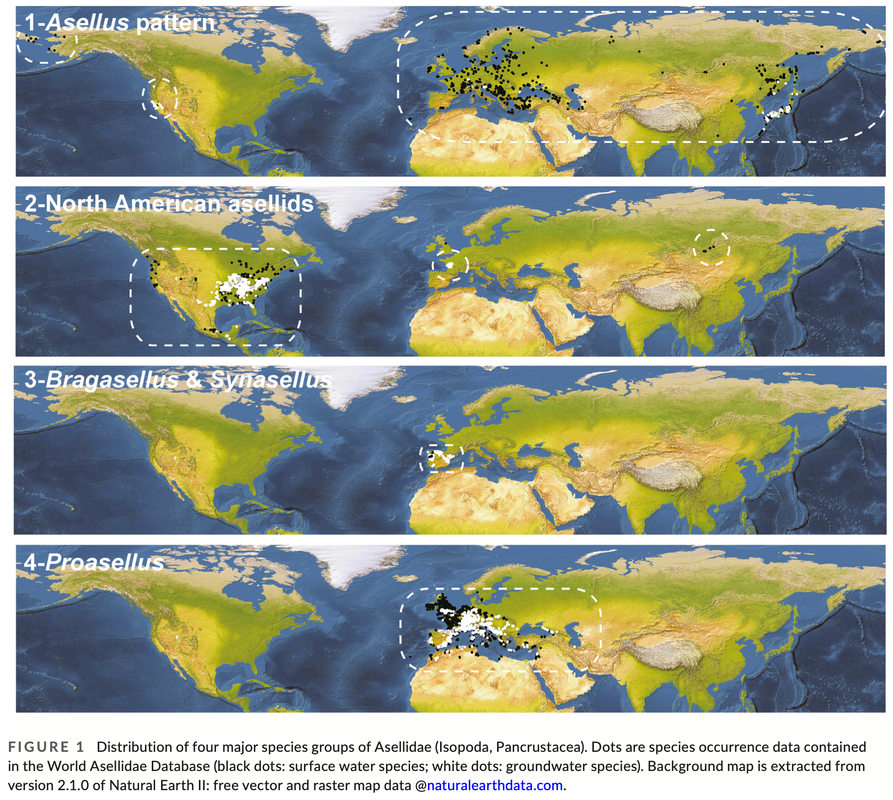
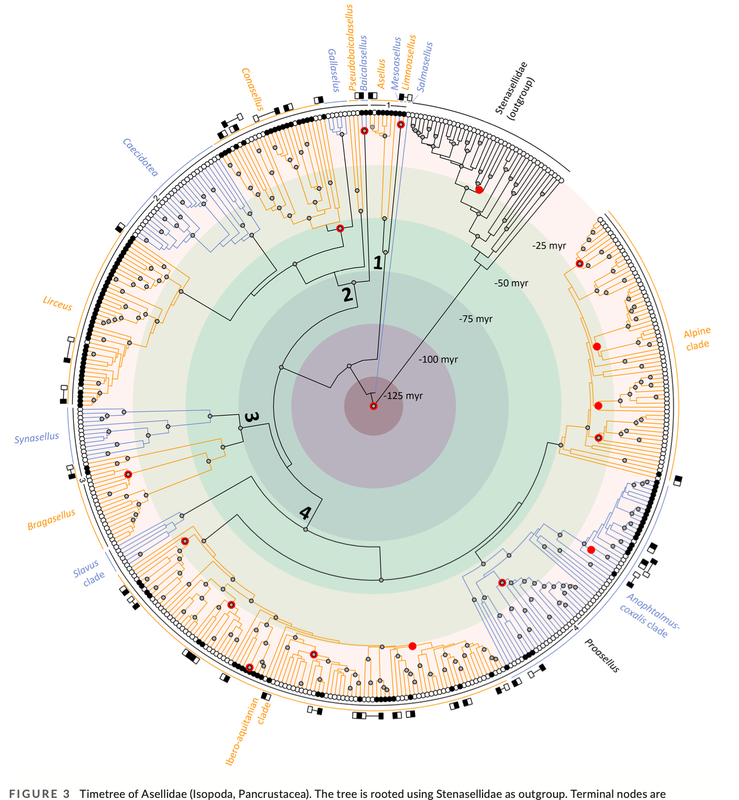

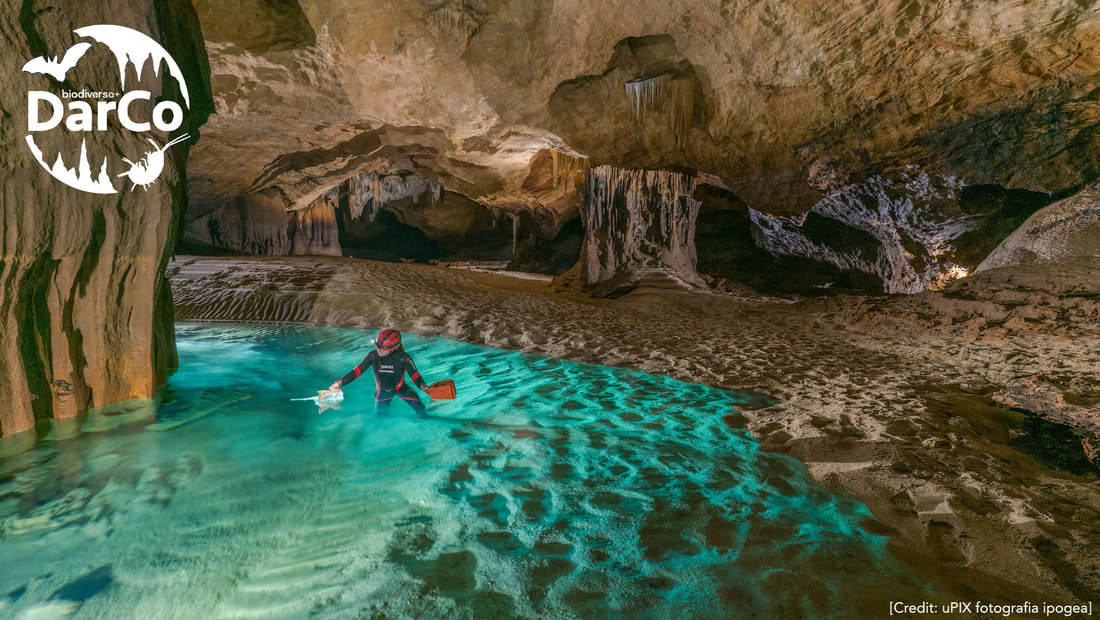
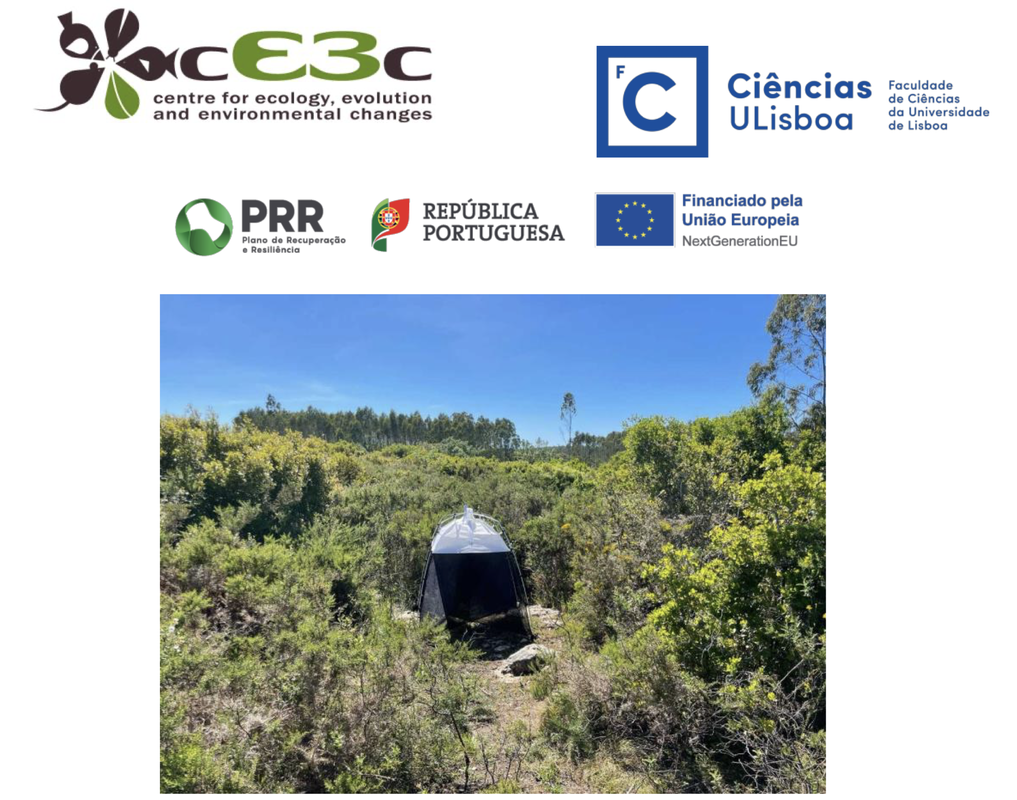
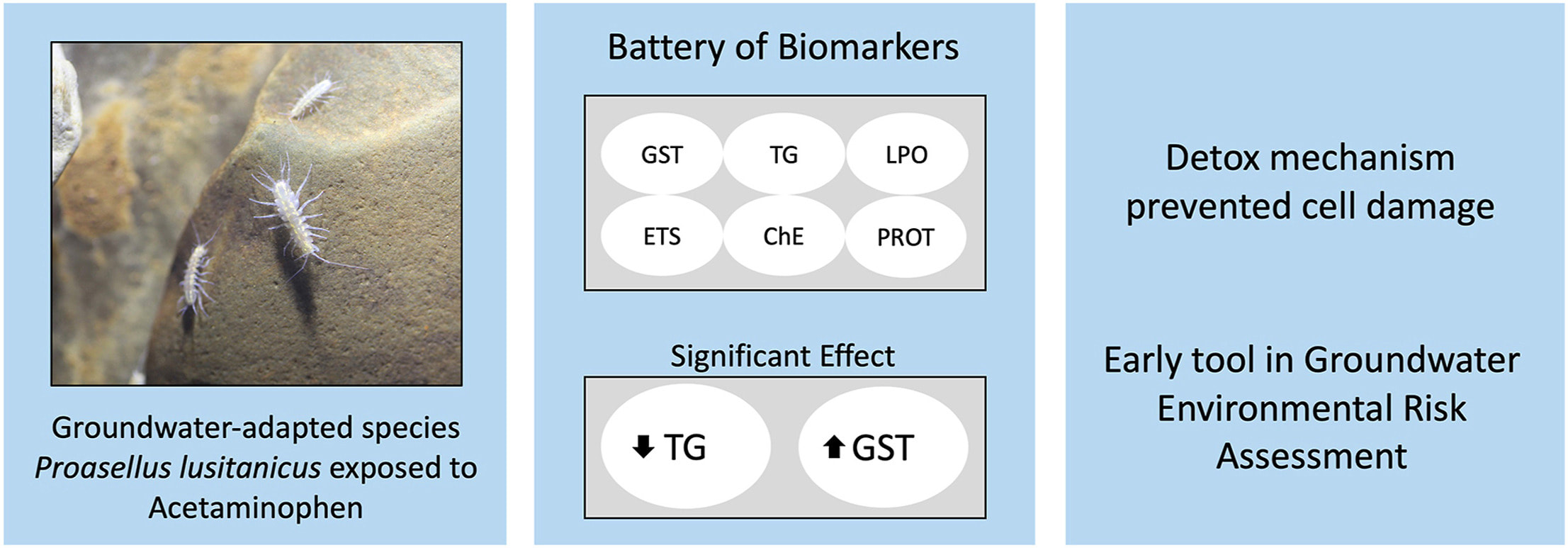
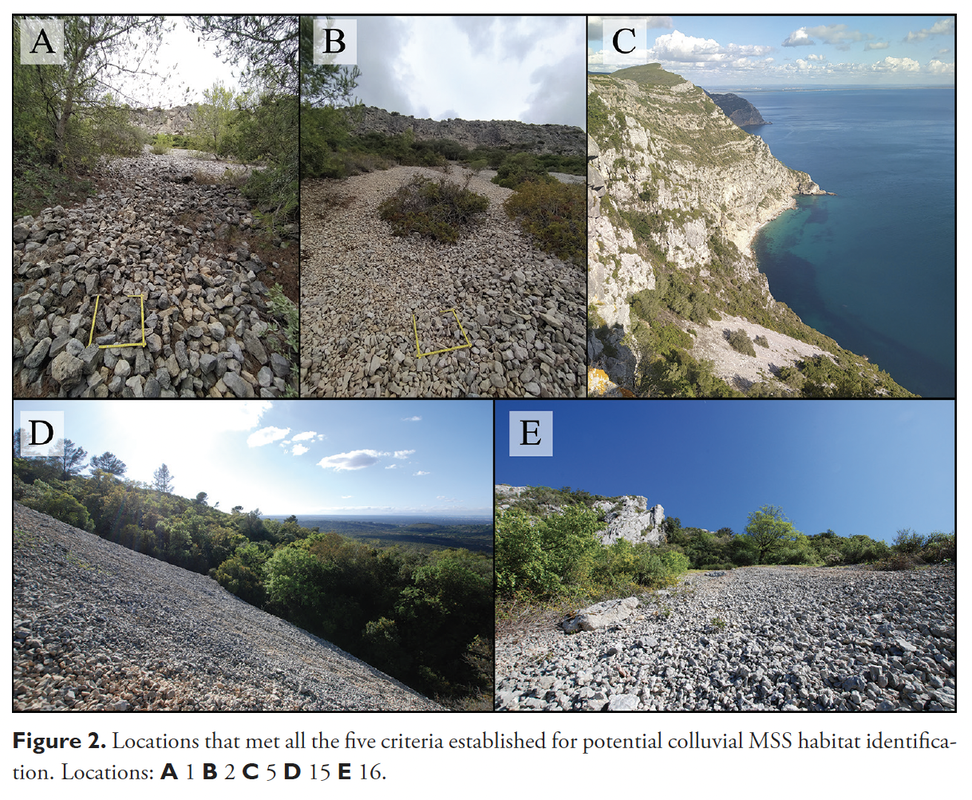
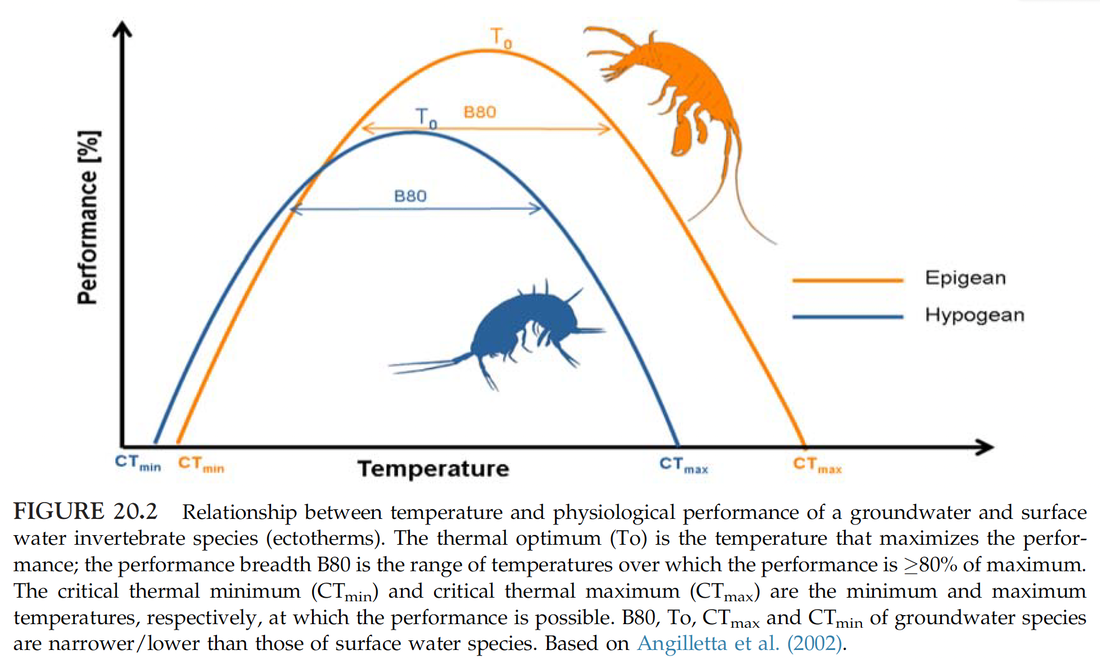
 RSS Feed
RSS Feed
